Scott #26 stands out as a distinctive entity in the realm of United States postage stamps, embodying the Type III design. Unlike Scott #25A, Scott #26 represents a unique variant, separate from the designs of Scott #10 and #11, showcasing a distinct evolution in stamp aesthetics and utility in the mid-19th century.
Design & Print
The hallmark of Scott #26’s Type III design is its uninterrupted outer vertical frame lines, a characteristic absent in previous issues. This design aspect singularly identifies Scott #26, delineating it from other types within the series. The stamp’s design reflects the artistic and printing techniques of the era, offering a glimpse into the philatelic practices of the time.
Postal Usage
As a three-cent stamp, Scott #26 primarily catered to the regular letter rate. It played a crucial role in addressing various postal requirements of the day. Additional stamps were necessary for letters over half an ounce, and the rate doubled for destinations more than 3,000 miles away, such as California. Scott #26 also appeared in international mailings, complementing higher denominations for foreign postage. Notably, during this period, senders had the choice of prepaying postage, leading to scenarios where the recipient paid upon delivery.
Identification
Identifying Scott #26 as a Type III design centers on its continuous outer vertical frame lines. This uninterrupted framing is a definitive feature of the Type III design, setting Scott #26 apart from other types. This clear and distinctive characteristic makes Scott #26 easily recognizable for collectors and philatelists, aiding in its categorization and assessment in the stamp collecting community.
In the spectrum of United States postal history, Scott #26, with its Type III design, occupies a significant position. Its unique feature, the unbroken outer vertical frame lines, not only differentiates it from earlier issues but also contributes to the diverse range of stamp designs from the 19th century. Understanding the nuances of Scott #26’s design and its role in postal services provides insight into the historical and cultural backdrop of America during that period, making it a prized asset for both collectors and historical enthusiasts.

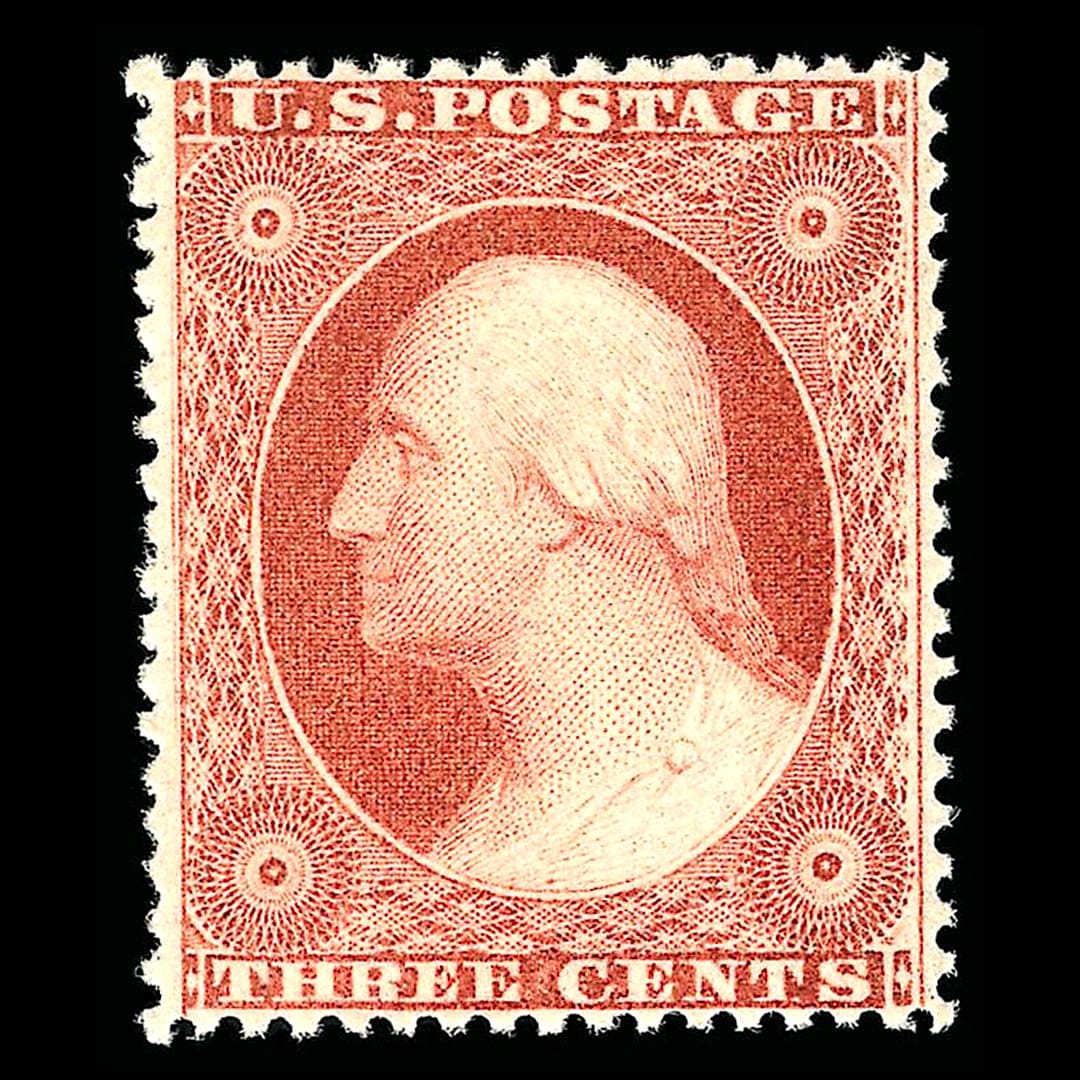

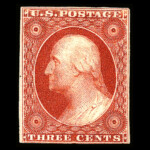
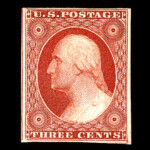
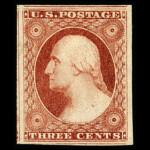
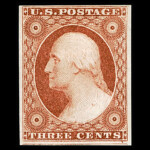


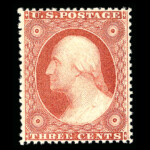
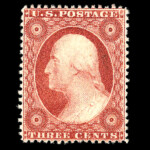

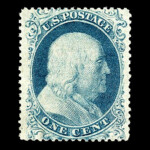
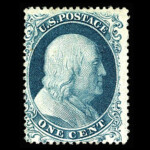
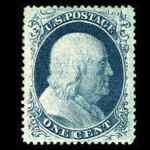
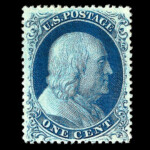
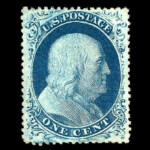
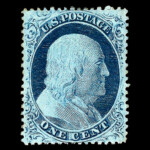
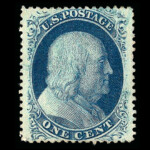
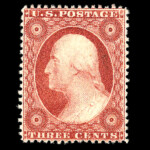
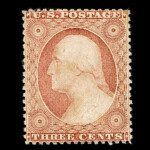
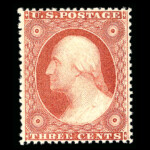
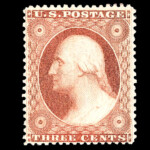
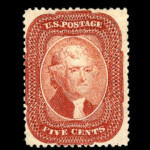
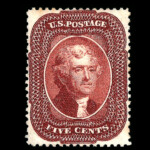
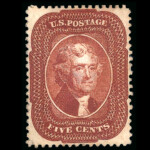
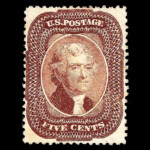
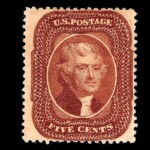
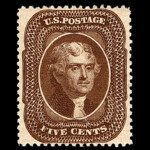
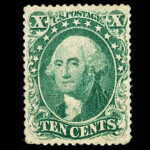
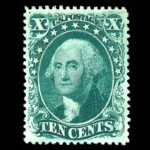
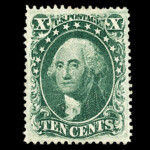
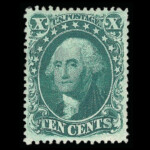
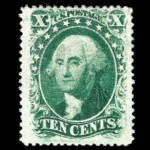
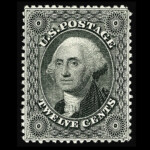
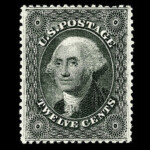
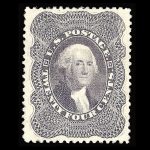

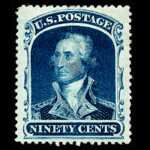




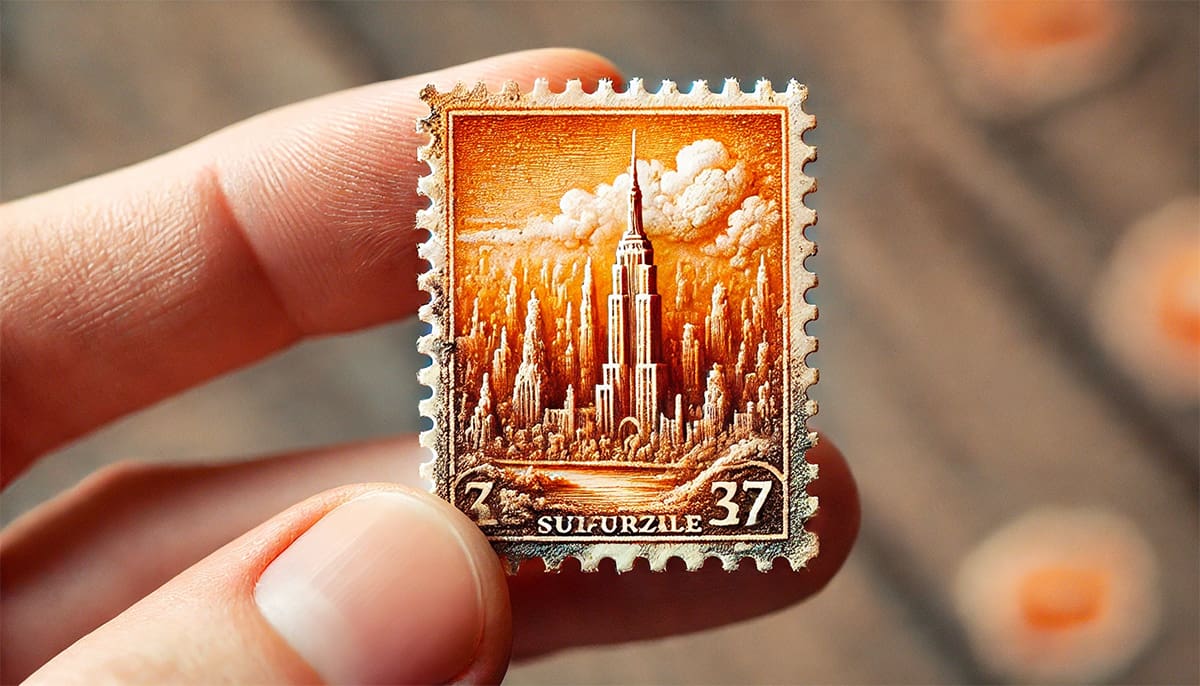



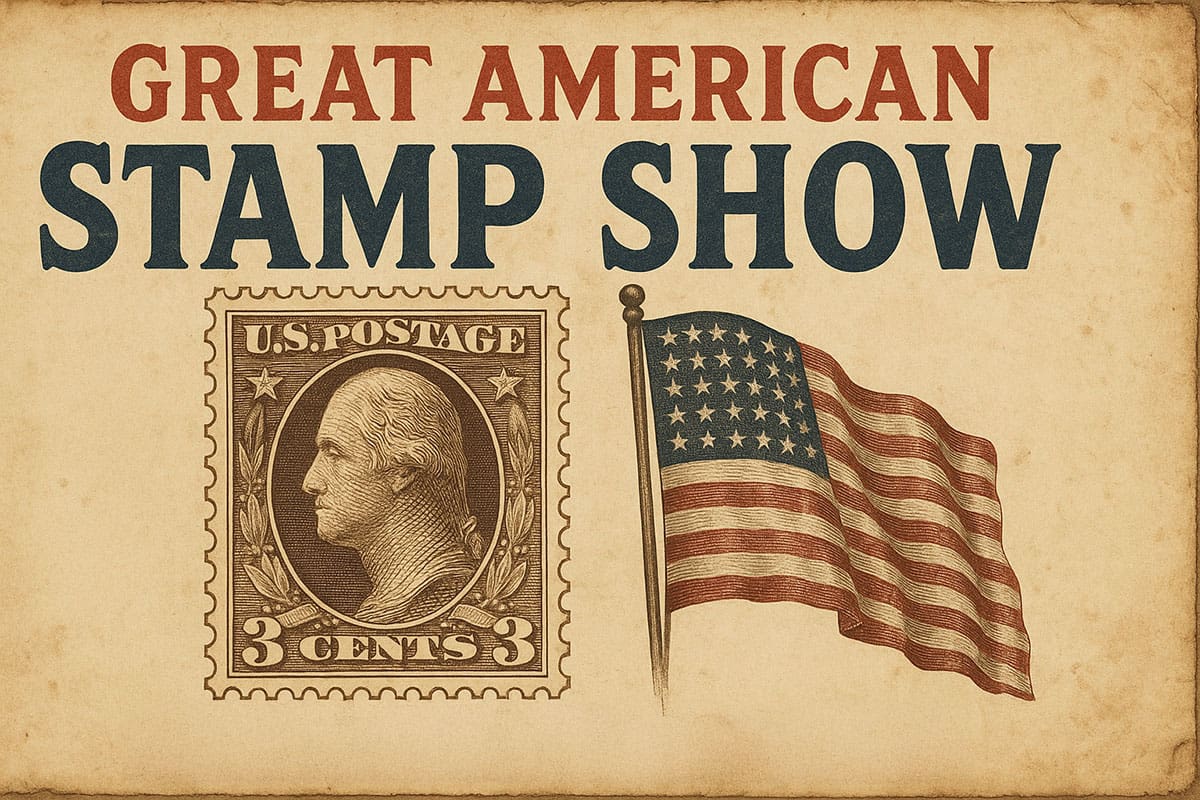



Ask A Question Or Leave A Comment